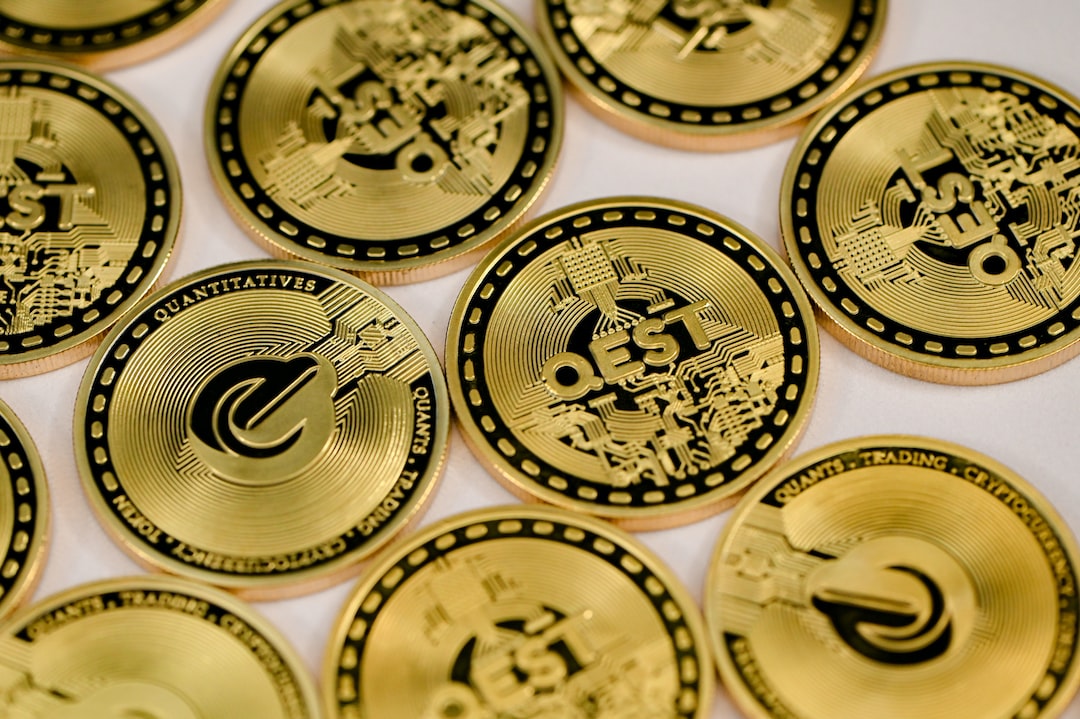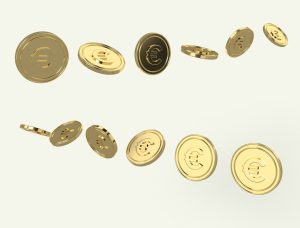Forex controls are regulations put in place to manage the flow of foreign exchange transactions between countries. These controls are used to prevent currency speculation, protect a country’s foreign reserves, and maintain the stability of the currency. In the European Union (EU), forex controls were eliminated in 1990, paving the way for a more liberalized financial market.
Before the elimination of forex controls, the EU had strict regulations on foreign exchange transactions. These regulations were put in place to prevent currency speculation, which could potentially destabilize the economy. However, as global trade and investment increased, these regulations became a barrier to economic growth.
In 1986, the Single European Act was signed, which aimed to create a single market within the EU. This meant removing barriers to trade, capital, and labor movements. As part of this initiative, the EU began to eliminate forex controls to encourage cross-border investment and trade. The elimination of forex controls was also in line with the EU’s goal of creating a more integrated financial market.
The elimination of forex controls was a gradual process that took place over several years. In 1990, the EU introduced the Second Banking Directive, which allowed banks to offer foreign currency-denominated accounts and loans. This directive also allowed banks to freely transfer funds in and out of the EU.
In 1992, the Maastricht Treaty was signed, which established the European Union and created the euro as a single currency. The treaty also set out the criteria for countries to join the eurozone, which included having a stable currency and low inflation. The introduction of the euro further facilitated cross-border trade and investment and made forex controls redundant.
The elimination of forex controls had several benefits for the EU. First, it allowed for greater capital mobility, which encouraged cross-border investment and trade. This increased competition and led to lower prices for consumers. Second, it made it easier for businesses to operate in multiple countries, which encouraged economic growth. Finally, it reduced the cost of foreign exchange transactions, making it easier for individuals and businesses to conduct international trade.
However, the elimination of forex controls also had some drawbacks. It made it easier for speculators to manipulate currencies, which could lead to currency crises. It also made it difficult for countries to manage their exchange rates, which could have an impact on their exports and imports.
In conclusion, the elimination of forex controls by the EU in 1990 was a significant milestone in the development of a more liberalized financial market. It allowed for greater capital mobility, encouraged cross-border investment and trade, and reduced the cost of foreign exchange transactions. However, it also made it easier for speculators to manipulate currencies and made it difficult for countries to manage their exchange rates. Overall, the elimination of forex controls was a necessary step in the EU’s goal of creating a more integrated and competitive financial market.





